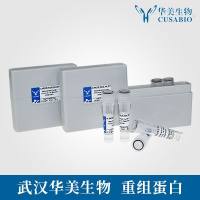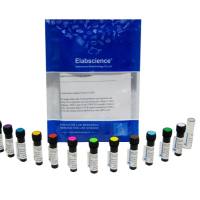Arf6 and its Role in Cytoskeletal Modulation
互联网
654
The Arf family of GTP-binding proteins is highly conserved and widely expressed in eukaryotic cells. Arfs can be divided into three classes based on amino-acid sequence. Class I Arfs include mammalian Arfs 1-3, Class II includes Arfs 4, and 5, and Class III Arfs have only one member-Arf6 (1 ). All Arf proteins have been shown to share a number of biochemical properties in vitro including: serving as cofactors in the ADP-ribosylation of Gs-alpha subunits induced by cholera toxin, activating phospholipase D (PLD), and activating phosphatidylinositol 4-phosphate 5-kinase (2 ). However, since each Arf is broadly expressed, they must serve specific functions in cells. Our goal has been to define these functions in cells. Of these proteins, Arf1 is the most widely studied in cells and in biochemical assays. It is involved in the regulation of membrane traffic between the endoplasmic reticulum (ER) and Golgi complex and in the maintenance of the organization of the Golgi complex (3 ). Arf1 serves this dual function through the modification of Golgi-membrane lipid composition and the assembly of cytosolic coat-protein complexes onto Golgi membranes.









